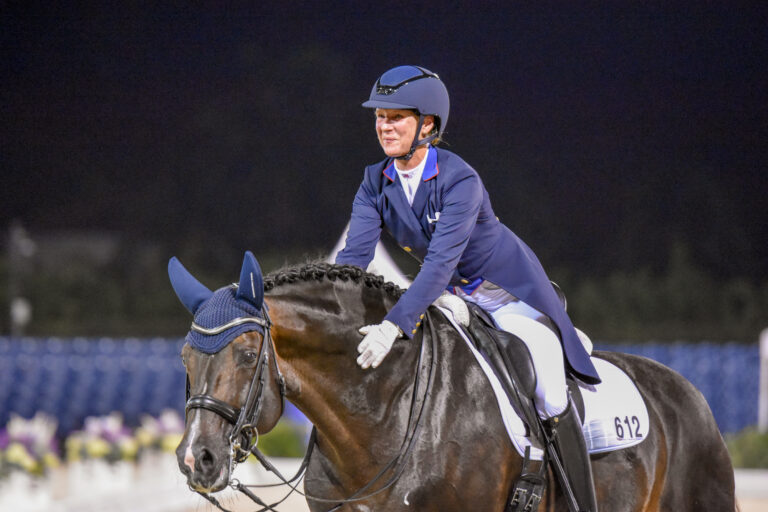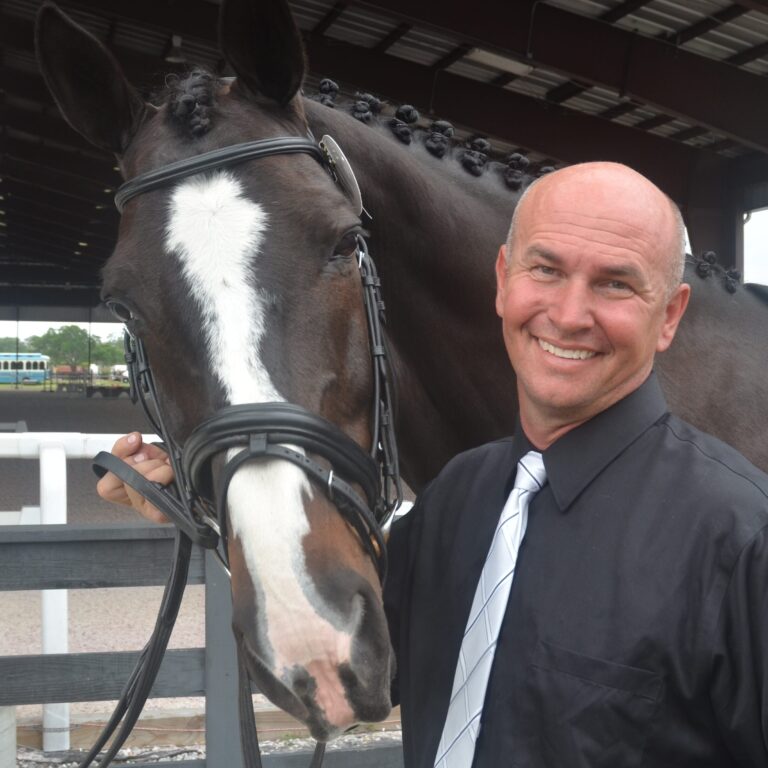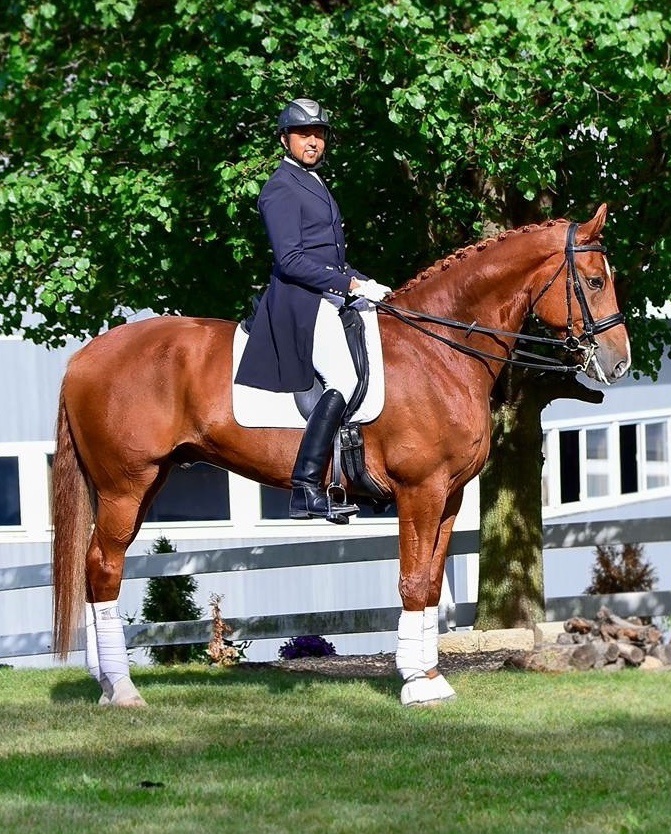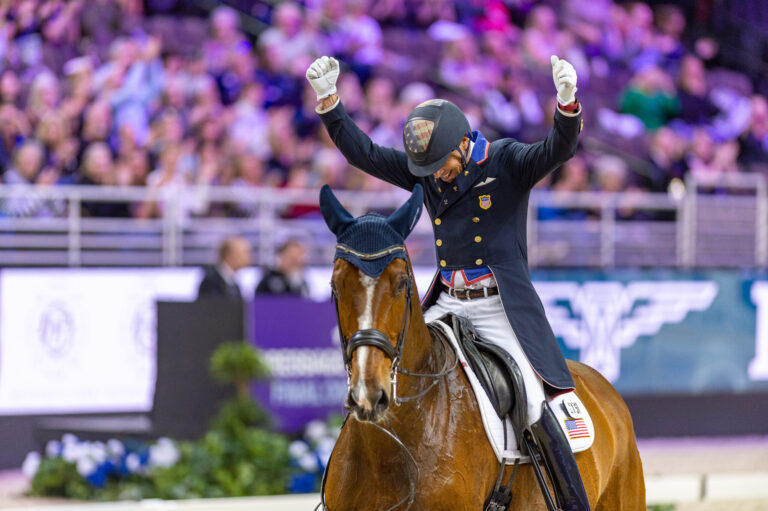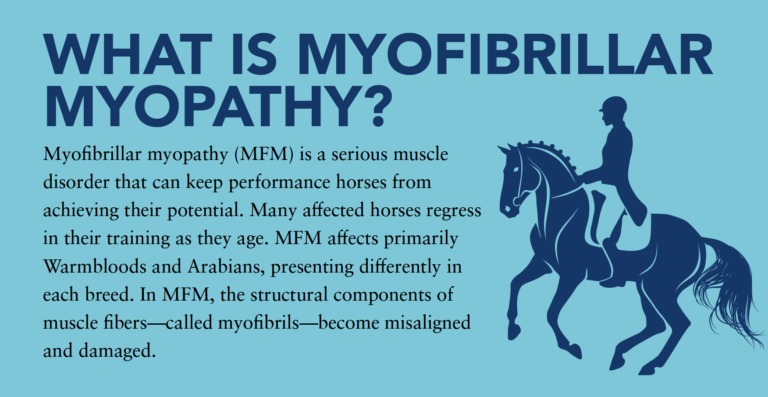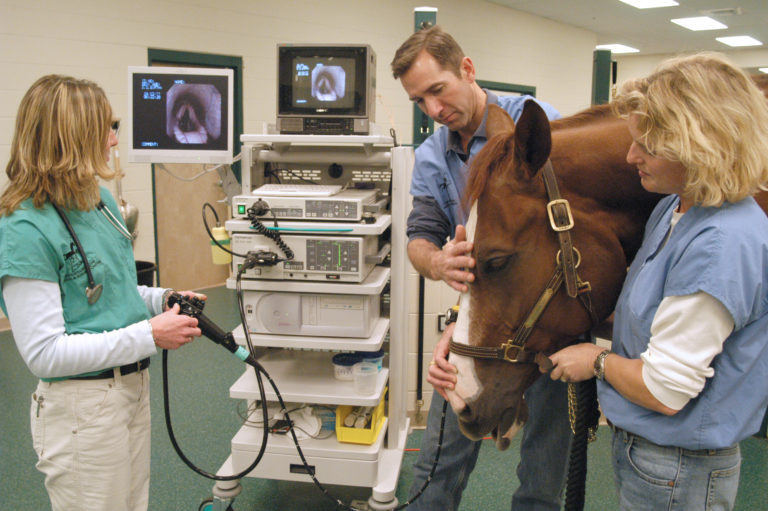Persistence is a virtue developed through difficult times, which hone ambition while testing determination. It’s something that comes in handy for those pursuing ambitious goals in dressage. This learning process started early for amateur Grand Prix rider Alice Tarjan, who selects her horses as youngsters and patiently brings them along herself, pointing toward FEI level, with intermittent consultation from professional trainers on a slow and steady journey.
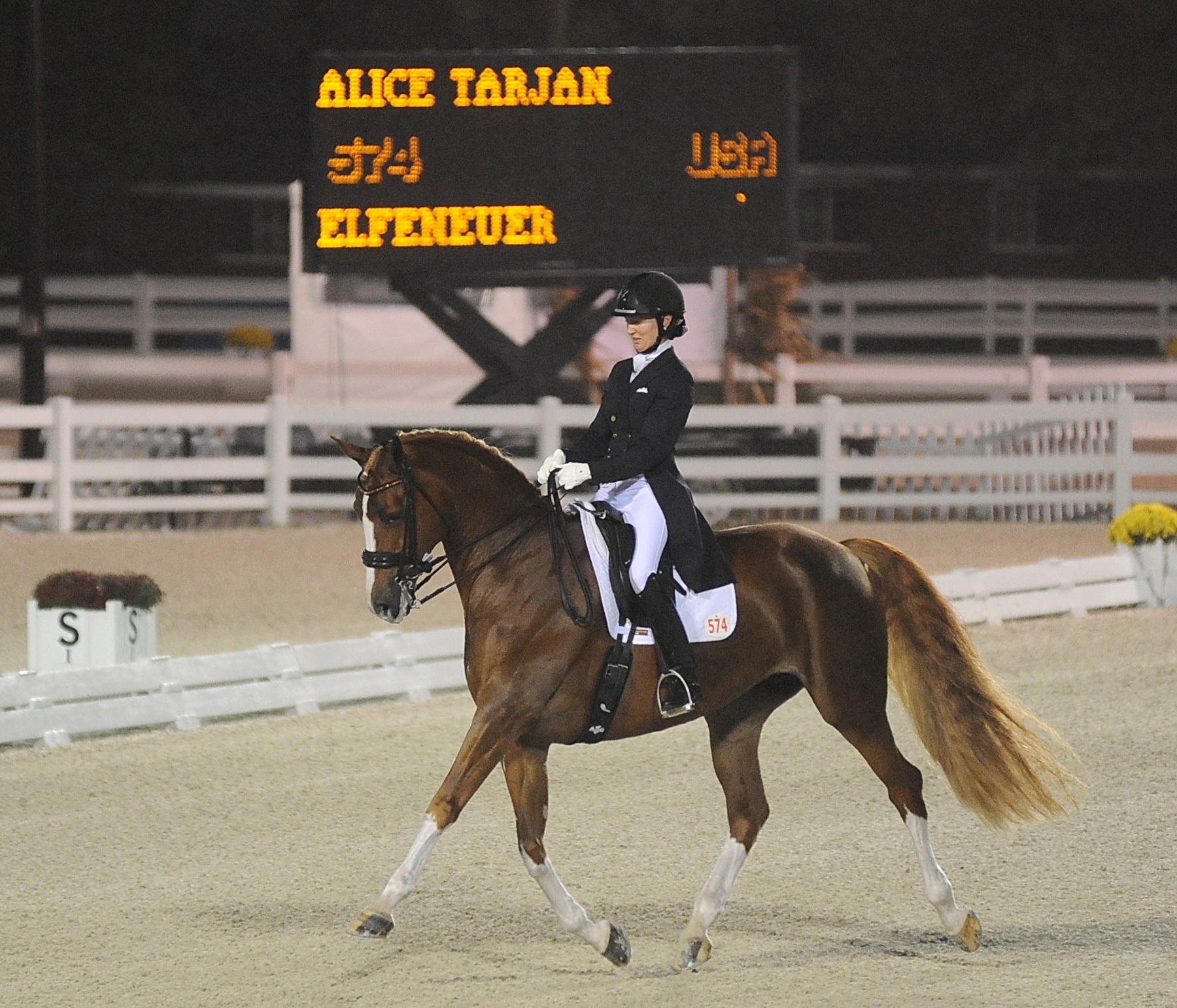
(Nancy Jaffer)
It is, of course, a challenging undertaking. Tarjan understands why many riders with aspirations don’t make their own horses (U.S. Olympian Laura Graves and Verdades are a notable exception rather than the rule). “If someone’s going to buy you a made Grand Prix horse, that’s a lot faster, so that’s what people do,” she observed. “But if you look at some of the top combinations in the world, those people made their own horses.” She also cited Olympic horses Valegro and Totilas as among the most prominent examples.
Putting in time and effort really makes a horse hers, as opposed to someone else’s project that she would have to adjust to suit her style. “It’s pretty amazing,” acknowledged her main trainer, Danish Olympian Lars Petersen, with whom Tarjan works more consistently during winters in Florida. “There are not too many people who just buy young horses and [are] making them up [progressing them through the levels],” he said.
Lauren Chumley, a New Jersey trainer who is a close friend of Tarjan, said she would help out once a week when she could, but noted of Tarjan, “She does it mostly by herself. She’s on her own the entire summer. She has an incredible eye for picking out a young horse with the physical talent and ability to get to Grand Prix. She rides as much or more than most professionals I know. She’s very serious about it.”

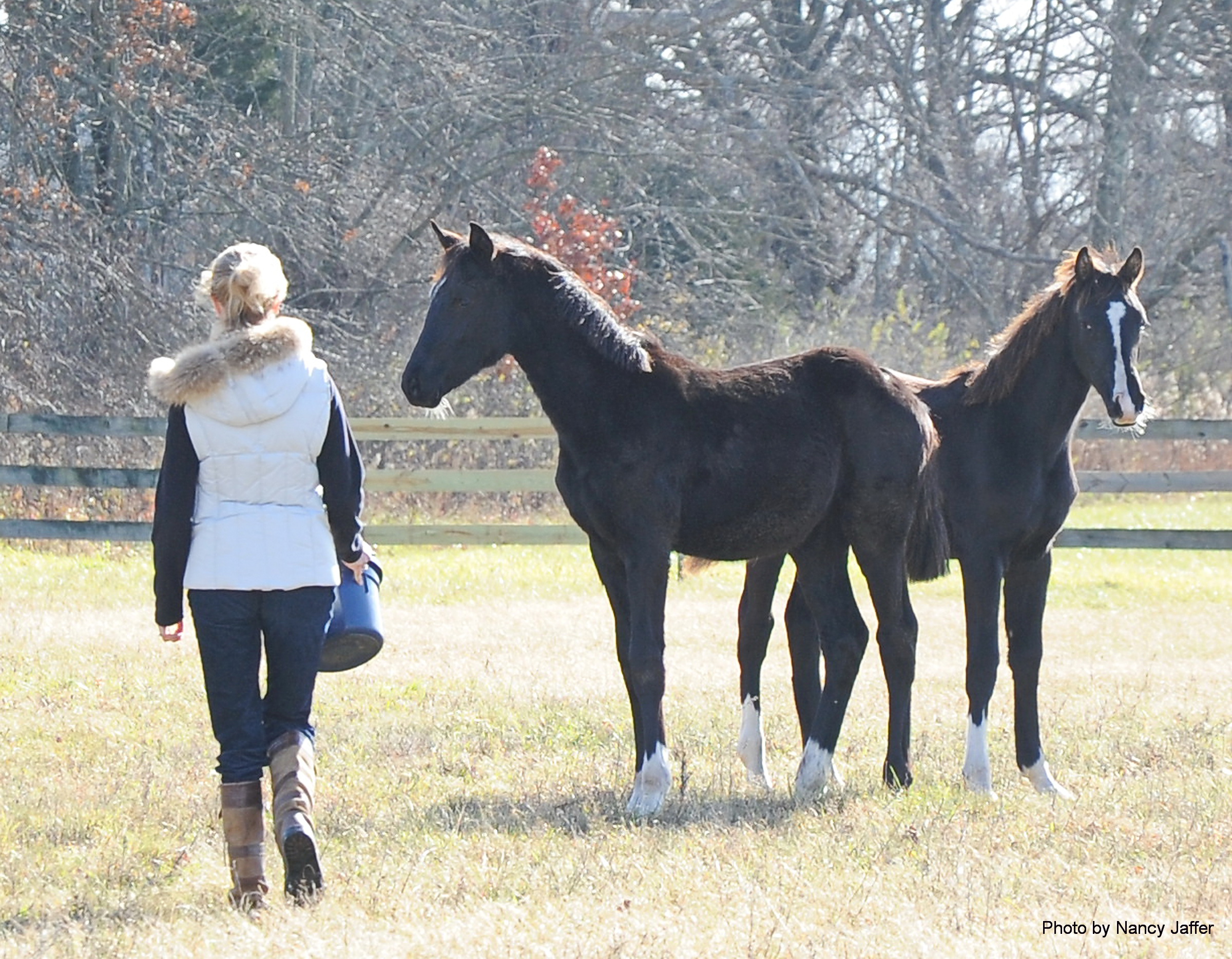
Life Lessons from a Tough Pony
Tarjan isn’t full-time with her horses. She’s a lawyer who works with her husband, Dennis Sargenti, in their trucking and rigging business as well as in real estate. The two met while foxhunting and he’s supportive of her dressage efforts, always cheering her on.
While Tarjan has proved you don’t have to be a professional trainer to bring a horse to Grand Prix, it’s not easy to get where she’s been and where she’s going. It’s a good thing that she was exposed to the difficult side of the horse business at age 11, when she got an educational dose of reality with Licorice, a black pony with four white socks. When asked what kind of pony he was, she replied good-naturedly, “An evil one.”
Luckily, Tarjan isn’t the type who knuckles under to discouragement. “He was terrible until I figured out how to ride him,” recalled Tarjan, 38, who grew up in New Jersey’s Hunterdon County horse country, in an area near the headquarters of the U.S. Equestrian Team (USET) in neighboring Somerset County.
“In the beginning, the pony lived across the street at a neighbor’s place,” recalled Tarjan, who rode him on a clay tennis court there. Eventually, the sixth-grader set up a little stall for him in an old barn on her family’s property. “I’d go feed him every morning and night. Rain, snow, it didn’t matter. There was no running water; I had to carry the heavy buckets from the house.”
And how did Licorice repay her for this loving care?
“He was a brat,” Tarjan responded. She couldn’t ride him three-quarters of a mile to where the local Pony Club met because he’d turn around and run home—she had to lead him to her destination. Once they arrived, other Pony Club kids dutifully trotted around the arena in a lesson while Licorice would see his opening and head toward home, scattering people sitting on the sidelines who were watching their youngsters.
The day the Pony Clubbers first switched horses was an eye-opener. Tarjan recalled Doug Payne (now a top-level eventer) getting on her pony while she got on his. “Oh my God,” she realized after riding Doug’s pony, “he doesn’t run out of the ring!” Meanwhile, Payne was able to get Tarjan’s pony around the arena without disturbing spectators—or their chairs—and she came to an important realization about Licorice: “I figured I had to ride him a lot better and make him do what I wanted.”
That epiphany would stand her in good stead as she moved along with her riding. By the time she was in eighth grade, she had outgrown Licorice, yet through the years his influence has remained: Recently, in a pasture at her home were two young horses, both black with white socks.
A Change of Course
Licorice was just the beginning of the equine challenges Tarjan would face. “We went through a lot of horses who were difficult,” she said. “I think you get ripped off if you don’t know what you’re looking at. You see parents with kids in Pony Club getting sold inappropriate horses because maybe they don’t have a budget or they just don’t know. You get a lot of dealers who pay $500 for a horse and sell it for $1,200 and say it’s a packer. You can see why horse dealers get a bad reputation.”
Tarjan had to learn about horses and their care from the ground up, finding out what to look for. “It’s an education a lot of people don’t get if they’re in show barns. If you live with the horses, it’s more about the horsemanship than the riding,” she pointed out.
Competing in three-day eventing, Tarjan’s goal all through high school was to ride in the Mars Essex Horse Trials, which were held at the USET headquarters. “By the time we were good enough to do Essex, Essex wasn’t there anymore,” sighed Tarjan. Essex ran at the USET headquarters for the last time in 1998. It was revived this summer at Moorland Farm in nearby Far Hills, but it’s been years since Tarjan has evented. When she was involved in the discipline, however, she completed two-star competition at Radnor in Pennsylvania and Quebec’s Bromont, winding up on the U.S. Eventing Team long list. “In those days, if you finished a two-star, you were long-listed,” she pointed out with a little smile.
After Tarjan graduated from Drew University in Madison, New Jersey, her horse was ready to move up to an advanced-level event, but she didn’t want to do that. She already had a good basis in dressage, polished while she was in high school during a stint as a working student for dressage trainer Christina Gray, who had worked with Olympian Michael Poulin. While attending Seton Hall University Law School, Tarjan rode out a lot with the Essex Fox Hounds, a prestigious hunt in her area, as she considered her next equestrian move.
Then tragedy struck and her life changed. A month after taking the bar exam, she was diagnosed with cancer at age 27. While undergoing chemotherapy for five months, she made the most of her time, reading about warmbloods on the Internet, particularly favoring the Danish site Horse 2 Rider (h2r.eu). It was illuminating, giving her insight as well as an impressive knowledge of bloodlines, and she rethought her equestrian ambition. “Cancer changes your perspective on life,” commented Tarjan, who sometimes has energy level issues, yet emphasizes, “but I’m here. Having this disease has taught me to just live my life every day.”
While she was recuperating, she set a goal. “If I could just live long enough to ride at Dressage at Devon [DAD], my life would be complete and I could die happy,” she told herself. But first, Tarjan needed the right horse, and she was on a budget.
A Rising Star
“The easiest and cheapest way to ride at Dressage at Devon was to buy a foal, then when it was 3 years old, ride it in the Materiale,” explained Tarjan. That class is for promising young horses ages 3, 4 and 5. She figured that buying a 3-year-old to start off with would be too expensive. So she found a U.S.-bred foal, the son of famed sire Sandro Hit, out of EM Rhussia, a mare by Rotspon. Not surprisingly, he was black with three white socks. Tarjan named the colt Somer Hit, but “he was known as ‘Trouble,’ and Trouble was trouble,” said Tarjan, who after her recovery was happily up to the challenges presented by a typical young stallion.
She had taken a big chance in buying him. “I hoped he was a nice horse. He was the reserve champion foal at his Hanoverian inspection. I showed him as a yearling in hand. He did very well. As a 3-year-old, he did four shows and pretty much won everything.”
That included DAD, where the colt took the Materiale Championship with a stunning score of 83.8 percent. Tarjan checked off one ambition from the bucket list, though that turned out to be just the beginning.
When it came time to ride him in classes for 4-year-olds, his accomplishments exceeded her goal. She never thought she’d be competing against professionals. He wound up fourth in the country after taking part in the 2010 Markel/USEF National Young Horse and Developing Horse Championships at Lamplight Farm in Illinois.
The next year, Chumley rode him at Lamplight, where he finished third as a 5-year-old. When he was 6, Tarjan was back in the saddle at Lamplight and the stunning colt was the winner. As a 7-year-old he stayed home and learned the Grand Prix movements, which paid off when he was 8, earning a 70 percent average in Intermediaire II.
Who the heck was Alice Tarjan? people wanted to know after seeing her compete successfully. “That horse opened a lot of doors for me because I was a nobody,” she said. It was the right moment to prep for the big time and a top trainer was needed to go to the next level.
“If you want to go train with people, you can’t just call up these trainers and say, ‘I want to have a lesson,’” she said. “They won’t answer the phone or respond to an email. Their time is valuable and if they have a lot of students, you’ve got to work your way into the circle to get the training you want. Trouble opened a lot of doors because he did well and trainers would see him.”
She did a clinic with U.S. dressage team technical advisor Robert Dover, who told her, “Nice horse.” She told him, “I need help,” to which he responded, “Come to Florida and I’ll train you.”
Tarjan went to Florida and trained with Dover for a year. “It got me a lot of exposure and gave me a lot of confidence,” she said.
The next winter, Tarjan returned to Florida, where Trouble was gelded as a 6-year-old and needed to rest for a bit after that. She also brought along her 5-year-old Oldenburg mare, Elfenfeuer, known as Fury. While initially Dover didn’t have an interest in seeing Fury, the mare filled Trouble’s time slot in the trainer’s lesson schedule. Fury really made a believer out of Dover when Tarjan began competing her at Grand Prix.
Dover’s assessment was: “Incredible potential. Smart rider. Beautiful horse.”
Tarjan got Fury, who was foaled in Europe, as a 4-year-old. She came from Judy Yancey in Florida and caught Tarjan’s eye with her looks and pedigree. “She was beautiful,” explained Tarjan about the chestnut mare. “The tail, all flaxen; big white stockings. The breeding was interesting.” Fury, who is by Florencio, has more in the way of a jumper dam line than a dressage line. Fury’s damsire is Scion, by Figaro.
Before buying Fury, Tarjan flew to Florida to see the mare and then watched the video of her “100,000 times,” she said. She decided she was going to buy the horse because she was beautiful. “If it doesn’t work out,” Tarjan told herself, “I’ll foxhunt her.”
When she got Fury, the mare had what Tarjan called, “very ordinary gaits, she plodded around.” But Tarjan knew she could fix that. What no trainer can give a horse is presence, and this flashy mare had it. “It helps with judges if you have a horse with presence, the one everybody’s eye is drawn to in the warm-up,” Tarjan explained.
Her thoughts were that Fury was “an impressive-looking horse. If we can train her to move, it will be even better.” At that juncture, she trained locally with Silke Rembacz, who had a horse by Scion, so it all fit together. By the time they got to Florida in January, Fury had learned to trot. “When horses lengthen, they get suspension,” Tarjan pointed out. The next step is to try teaching them there’s a half-halt that can be used in conjunction with that suspension.
Fury went to the Young Horse championships at Lamplight at age 5, where she finished second. Shortly thereafter, Tarjan sold Trouble to an Adult Amateur in California. “I love training the horses and feel like I trained Trouble and he knew Grand Prix. I felt like I gave him an advanced degree,” she said.
“It’s kind of like sending your kids off into the world. I did what I could for him and he was trained; let somebody else enjoy that. We got some good money for him and it enabled me to buy a bunch of other young horses and do it all over again.
“I love training the horses,” Tarjan continues. “If they move on and make someone else happy, that’s a great thing. Hopefully, I’ve served the horses well. I’ve taught them a language [in which] they can converse with somebody else.”
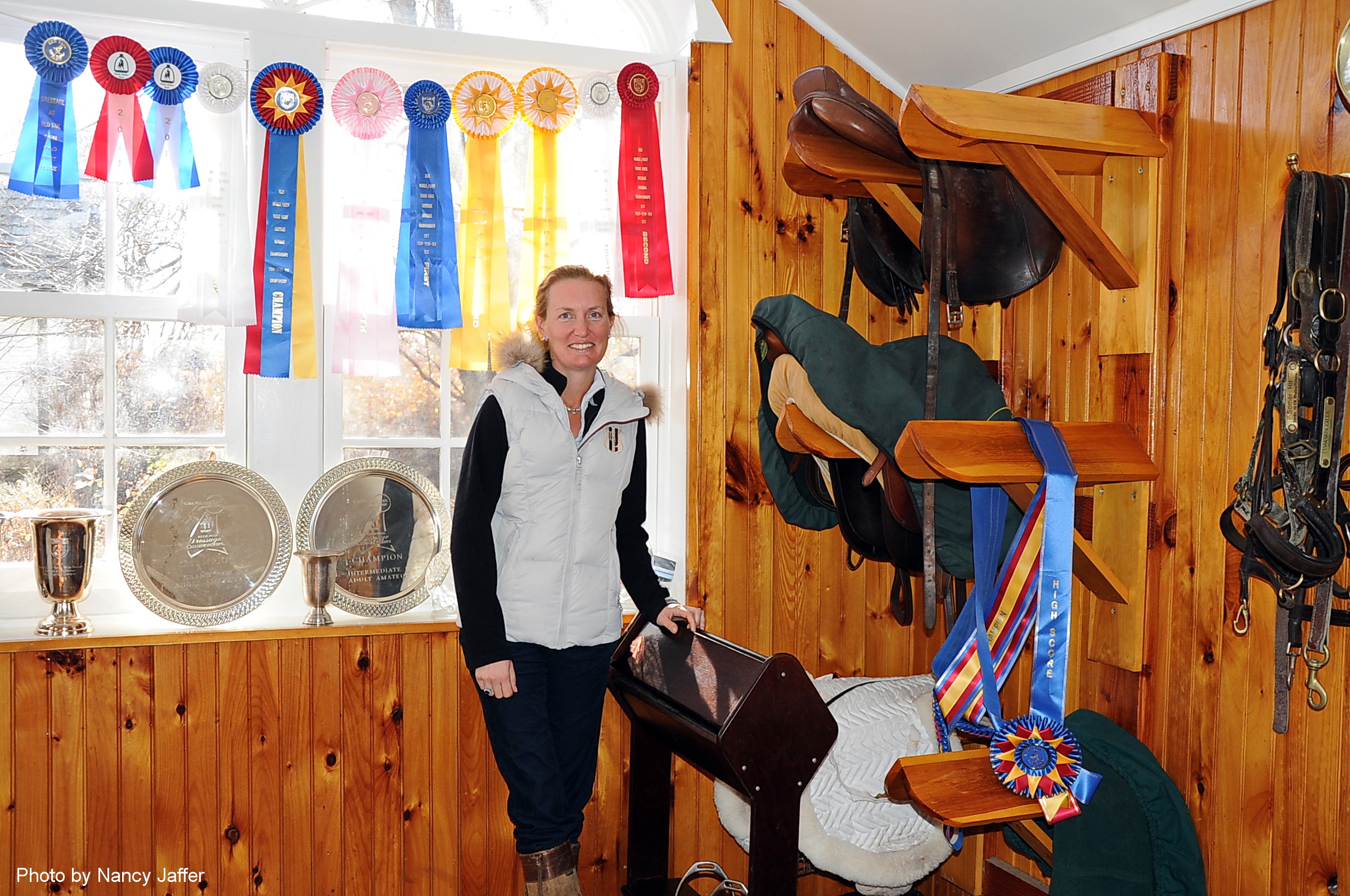
One Day at a Time
Despite her success, Tarjan has no team aspirations. “It’s unrealistic, a matter of everything happening at the right time in the right place. Why have a goal you have no control over?” explained the always-practical Tarjan.
She has a different approach. “I like going out every day and having a conversation with the horse, trying to think of how to explain something. How easy it would be if you could speak to your horse. The question is, how do you explain it so they understand?”
In national competition, at the 2015 U.S. Dressage Finals Presented by Adequan at the Kentucky Horse Park, Tarjan defended her 2014 Adult Amateur title with Fury, taking both the Grand Prix and Grand Prix Freestyle. And that was without having ever competed Small Tour with the mare. The same year, she went far beyond her original DAD ambition and showed Fury in the Grand Prix Freestyle at the show to music from, appropriately, the movie “Alice in Wonderland.” That said it all.
Someone who grew up with a Lisa Wilcox poster in her room was riding as an amateur with the professionals in the show of her dreams and her enthusiastic supporters were on hand, making it even better. Fury earned 67.725 percent to finish 11th in the freestyle. Her best Grand Prix score came in Wellington, Florida, in the Special at the final show of the 2015 season, when she was fifth with a very respectable mark of 69.333.
Riding in Wellington against the likes of Steffen Peters and Wilcox was another dream come true. “It makes me want to cry,” Tarjan acknowledged. “It’s what you think about when you’re little. It’s amazing when it happens.”
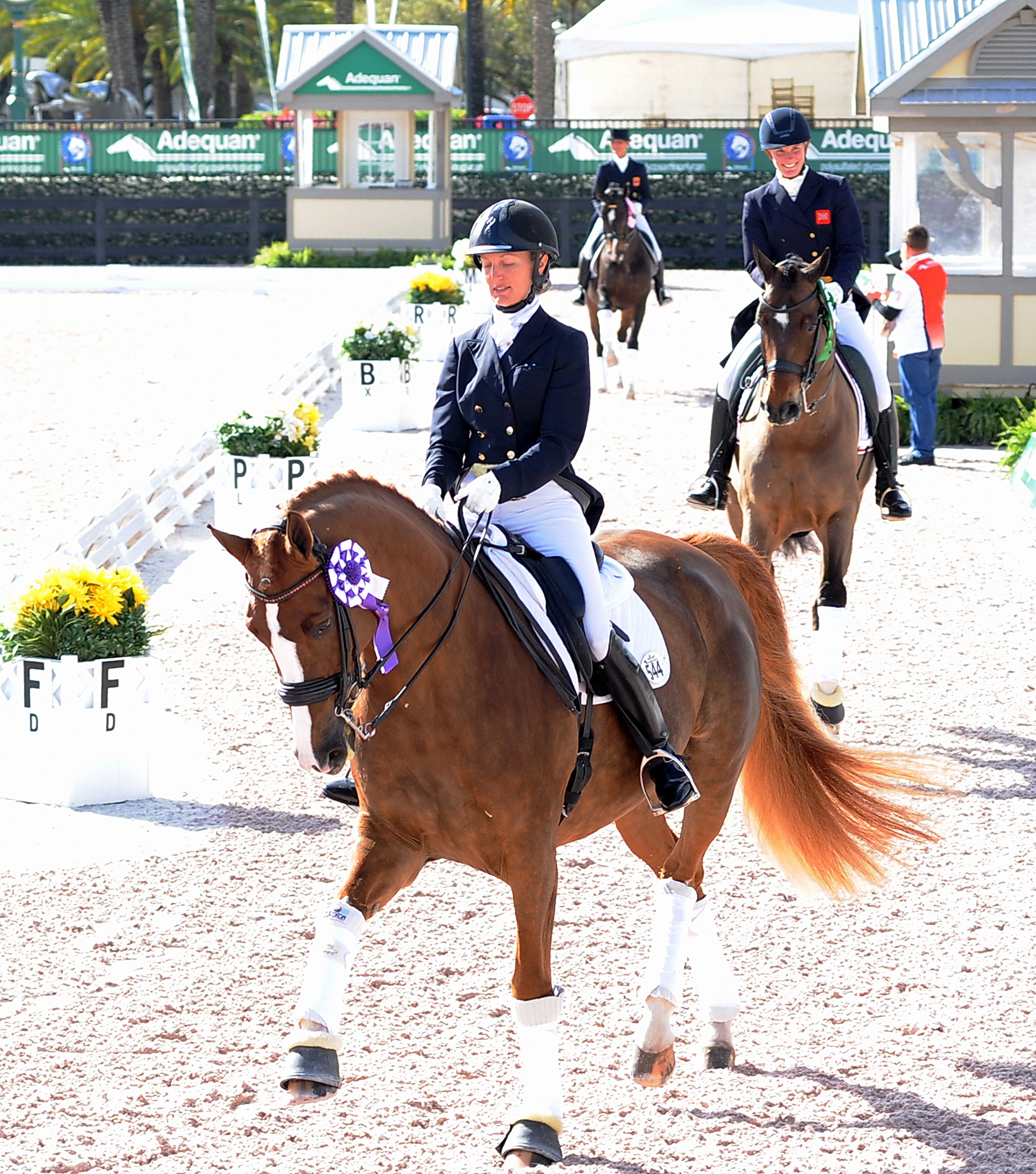
Fury sustained an injury last year, so she was bred. The mare is in foal to Grand Galaxy. A breeding to For Romance also resulted in an embryo, which was transferred to a surrogate. But Tarjan plans to return Fury to competition after the mare finishes her stint with motherhood. Meanwhile, she is bringing along more young horses and hopes to be showing them during DAD this autumn as she continues to pursue their development with her singular style of training bright prospects.
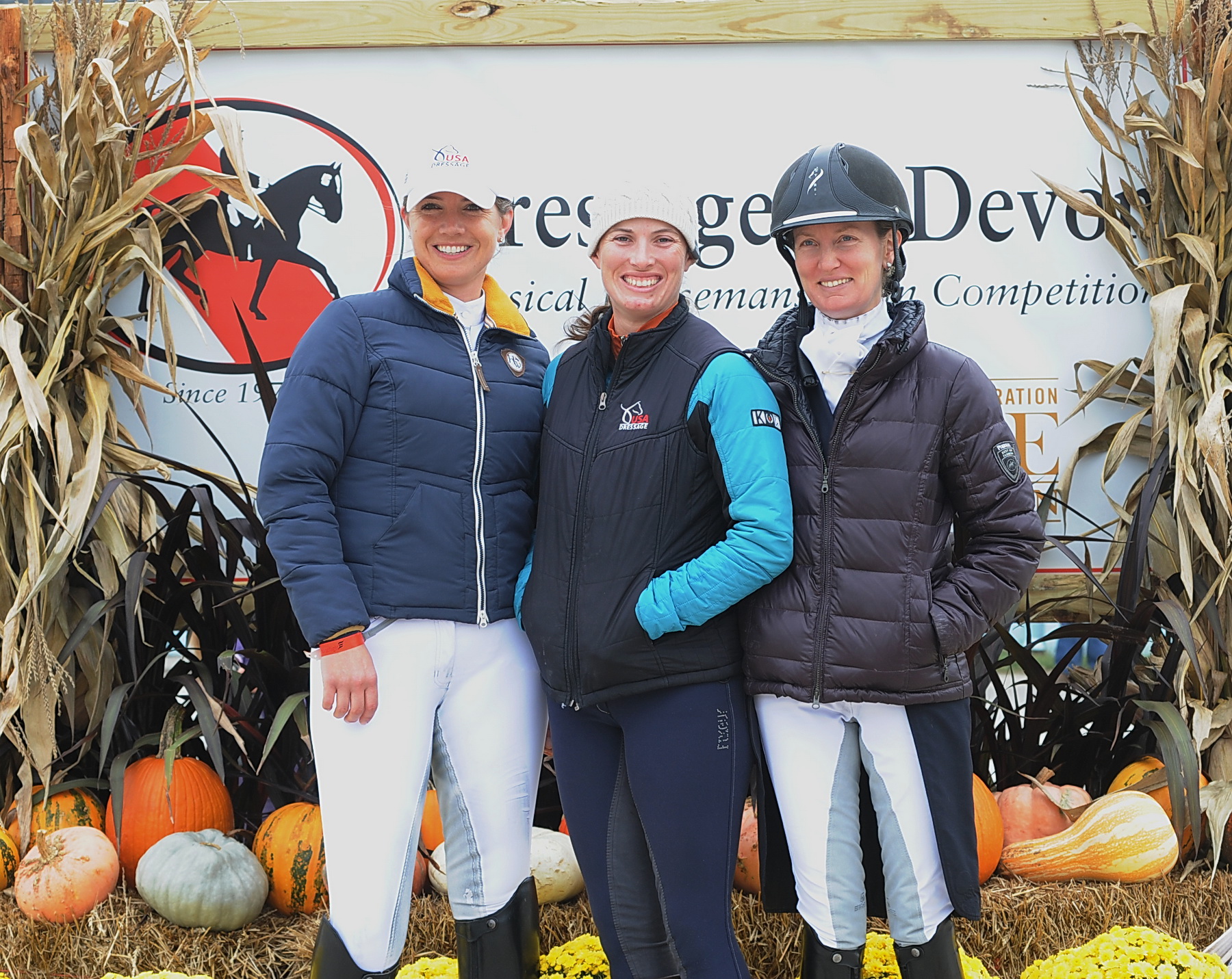
Buying Horses
I’m not your average buyer,” says amateur Grand Prix rider Alice Tarjan. She knows what she’s doing and has an eye for horses with potential, whether they come from Europe or the U.S. “I’ll buy them wherever I find them,” she noted. “It’s easier to find them over there [Europe], but if I buy them here,” Tarjan pointed out, “I don’t have to import them.”
What does she look for in a foal when she makes a purchase? She likes candidates who are soft in their backs, but not those who point their toes.
“I want them to go like hackneys: I want their knees up to their eyeballs,” Tarjan said. “That’s a sign they may be good in piaffe and passage. You look for a lot of scope,” she said, referring to their stride. “They’re not scopey to me when they have no shoulder.”
But there are exceptions to that rule—she cited German Olympian Isabell Werth’s mount, Don Johnson, and British Olympian Carl Hester’s ride, Nip Tuck, who was third in the 2017 FEI World Cup Finals.
“They’re products of super riding. We’re talking about the best riders in the world. They can get on horses who are not terribly inspirational and be competitive,” Tarjan commented.
When buying a young horse, she advises, “If you have a choice, you want one with scopier gaits.” The horse needs to be “a good type” and the question to be asked is, “Can you make him competitive?” The way the horse is built is crucial, which is why having one who is uphill means he can be trained effectively.
As an example of why conformation matters, she explained, “You could train a warmblood to go fast, but he’s not going to go as fast as a Thoroughbred,” which is bred for speed. For dressage, “You want a horse with self-carriage, who goes along with uphill and scopey gaits.”
She cautioned that what she does won’t apply to every prospective owner who dreams of training her own horse. “I’m a different buyer than your average Adult Amateur. I can ride a difficult horse, and I’m not buying one to be my best friend, my one-and-only horse who I have to love. If it doesn’t work out, I can sell him after making him a better horse and then find the next one.”
At the same time, since she’s not a professional, Tarjan notes she has an advantage. “When you have clients, you have to keep the clients happy and do what the owners want. That’s not going to get you to be as competitive as you should be. I can ride the way I want.”
She doesn’t overdramatize what she needs to have her horses do. “They just have to go around the sandbox. The sandbox is pretty much the same no matter where you put it. Maybe there’s different stuff going on outside it. But if they go in the ring and concentrate on you, then you’re golden.”


